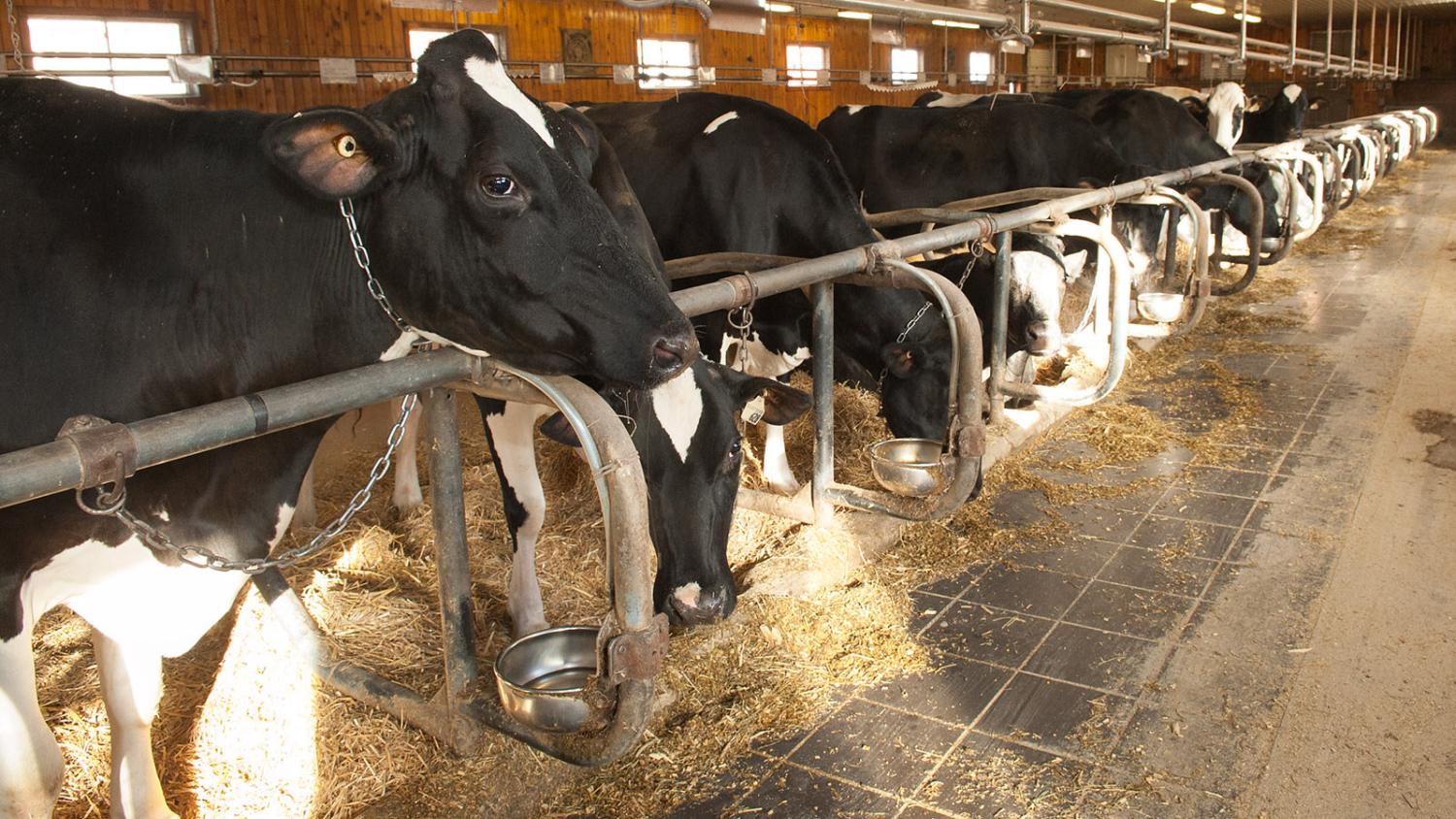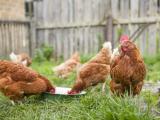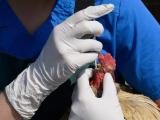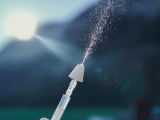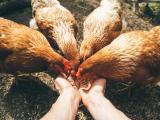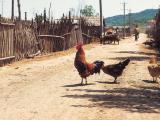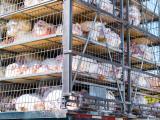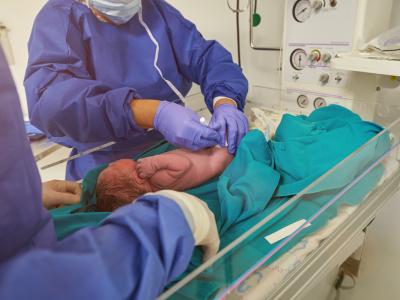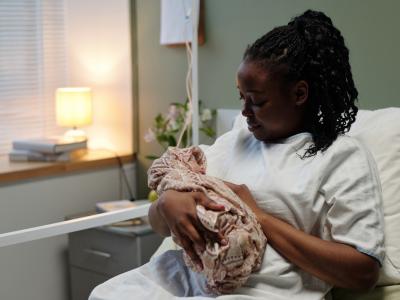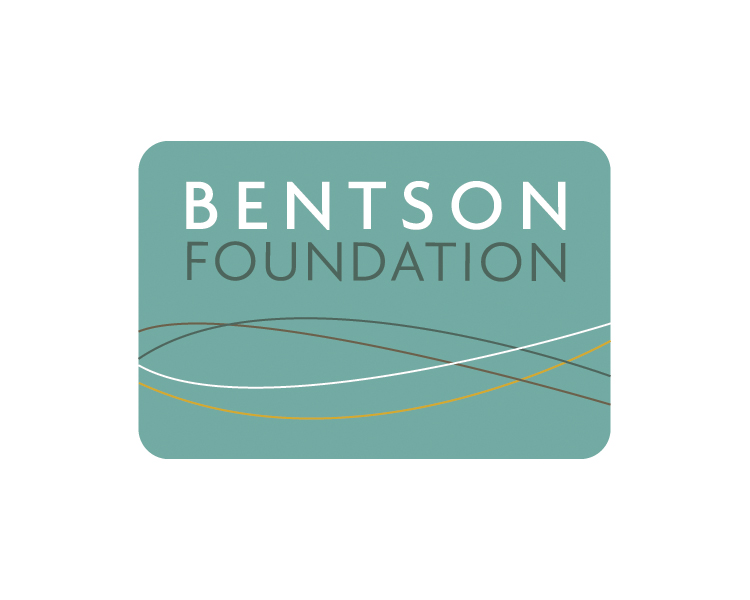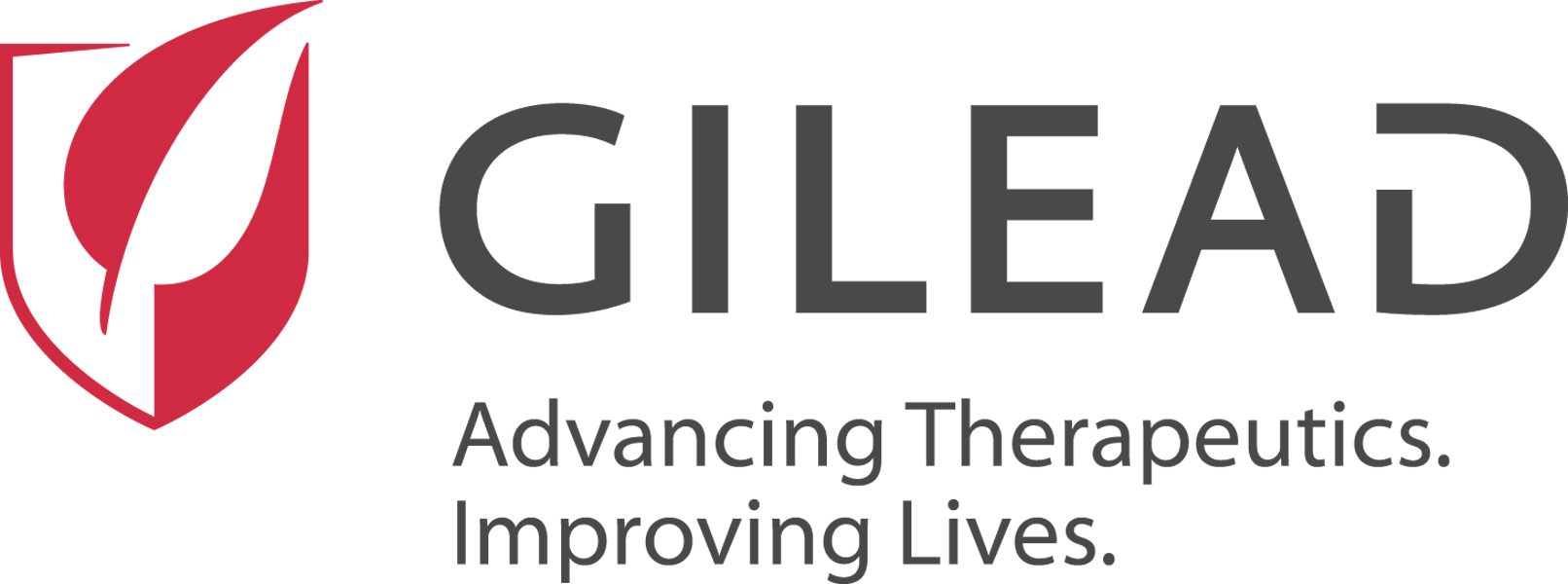Decreased milk production, death, and early removal from a single herd of adult dairy cows infected with the H5N1 strain of highly pathogenic avian influenza (HPAI) cost an estimated $737,500, even before considering ongoing altered herd dynamics or reproductive losses, according to a study published this week in Nature Communications.
Cornell University researchers evaluated the effects of HPAI on a herd of 3,876 dairy cows living on a farm in Ohio that experienced an outbreak in spring 2024 after the transfer of 42 healthy-looking lactating cows from a Texas farm. The team analyzed animal- and herd-level data collected before, during, and after the outbreak (March 8 to June 7).
The ongoing US HPAI outbreak began in 2022, leading to the deaths of nearly 175 million birds. The virus spilled over into mammals and, in March 2024, dairy cattle. So far, 1,074 herds in 17 states have been infected.
Infected cows 6 times more likely to die
When the outbreak began on the Ohio farm, 3,433 of 3,876 cows (88.6%) were lactating. In total, 777 cows (20.0%) were diagnosed as having flu based on severe mastitis (inflammation of breast tissue) leading to a drop in milk production, loss of appetite, apathy, and decreased rumination time. Sick animals were segregated to a hospital pen next to those used for healthy non-lactating cows.
Of the 777 sick cows, 776 were lactating, and 1 was in the dry period, with most affected cows at the mid-to-late stages of lactation and at the second or greater lactation. Acute illness lasted, on average, 7.9 days, and cows stayed in the hospital pen for, on average, 5.1 days.
Notably, 53 of 777 sick cows (6.8%) died or were euthanized within, on average, 13.6 days after diagnosis, while another 245 (31.6%) were culled within 20.6 days after diagnosis. Relative to uninfected cows, sick cows were at a sixfold increased risk for death (relative risk [RR], 6.0) and a more than triple the risk of being removed from the herd (RR, 3.6).
Seroprevalence (presence of avian flu antibodies in blood) was 89.4% in the herd, with 76.1% of seropositive cows infected. Risk factors for infection were having 100 to 200 days into milk production (number of days lactating since calving) and having given birth more than once.
Biosecurity measures, vaccine development
Economic losses from decreased milk production (about 900 kg [1,984 pounds] per cow) for 60 days and cow loss added up to $950 per cow, for a total of $737,500.
